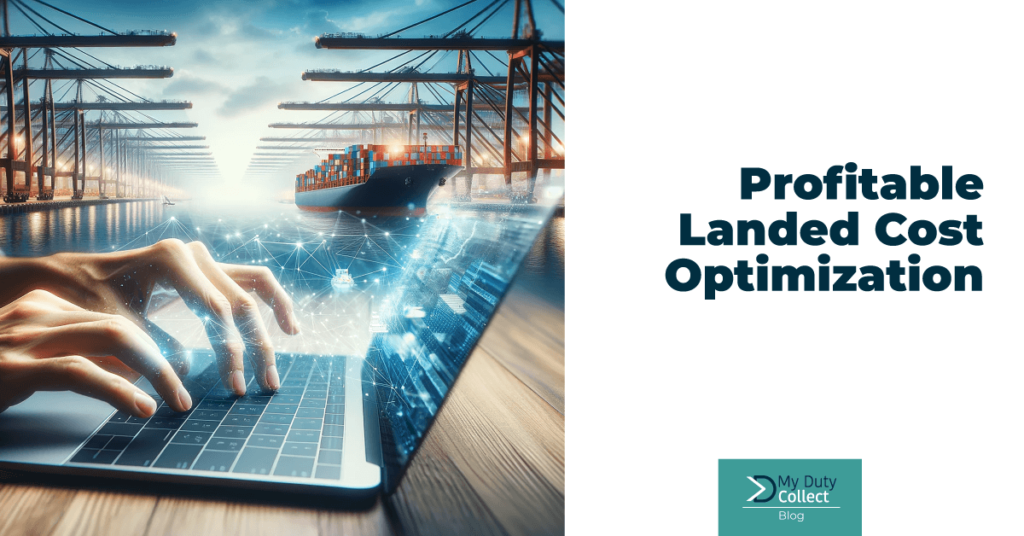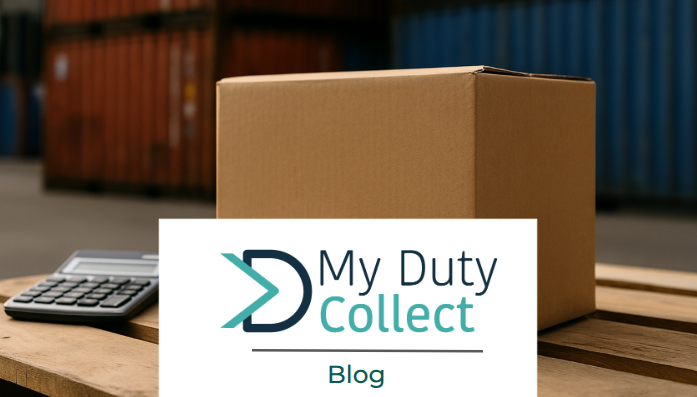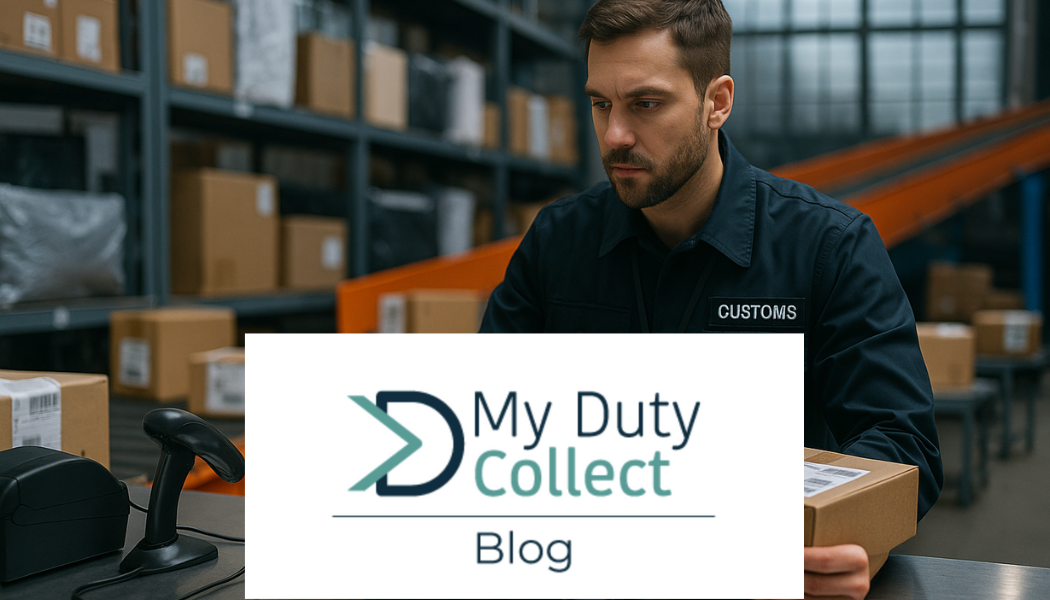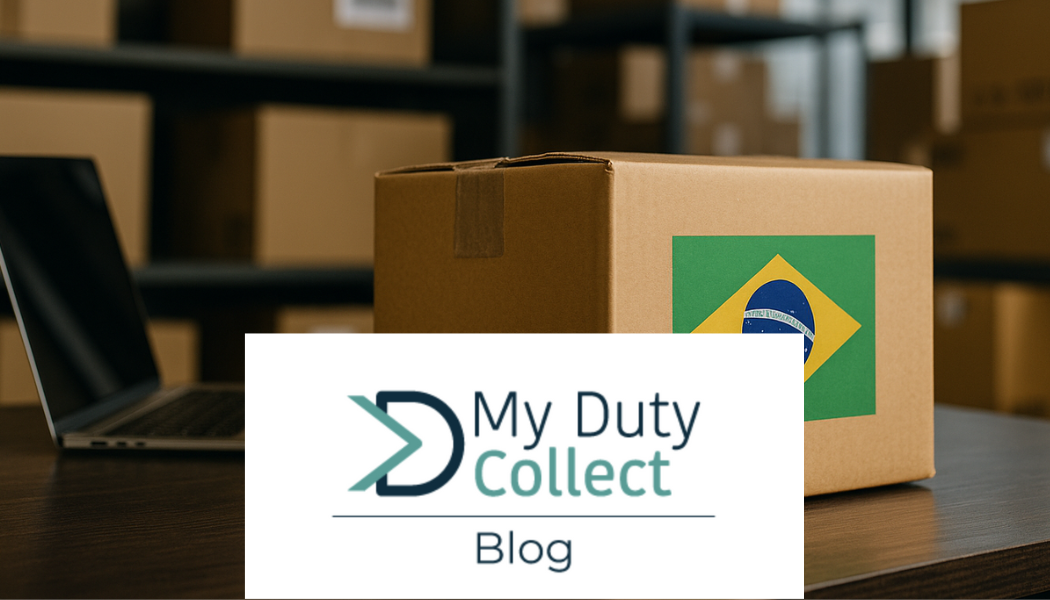In the ever-evolving landscape of global commerce, one crucial aspect that often gets overlooked is landed cost optimization. For businesses engaged in cross-border trade, understanding and effectively managing landed costs can make all the difference between profitability and loss. In this blog post, we delve into the intricacies of profitable landed cost optimization and introduce MyDutyCollect as a key player in streamlining cross-border customs compliance.
–
READ MORE: How AI Can Help Enhance Landed Cost Calculation in Supply Chain
–
Understanding Landed Costs:
Before delving into optimization strategies, let’s first grasp the concept of landed costs. Landed costs refer to the total cost of a product once it has arrived at its destination, including the original price of the item, shipping fees, customs duties, taxes, and any other applicable charges incurred during the importation process.
The Importance of Landed Cost Optimization:
Optimizing landed costs is crucial for businesses engaged in international trade for several reasons:
- Accurate Pricing: Landed cost optimization allows businesses to accurately price their products, ensuring competitiveness in the global market while maintaining profitability.
- Risk Mitigation: By understanding and effectively managing landed costs, businesses can mitigate the risk of unexpected expenses and delays associated with cross-border trade, thus enhancing operational efficiency.
- Enhanced Decision Making: A clear understanding of landed costs empowers businesses to make informed decisions regarding sourcing, pricing, and market expansion strategies.
Strategies for Landed Cost Optimization:
Now that we recognize the importance of landed cost optimization, let’s explore some effective strategies:
- Supplier Selection: Choose suppliers strategically based not only on product quality but also on their ability to provide competitive pricing and favourable shipping terms.
- Supply Chain Transparency: Implement systems and technologies that offer real-time visibility into the supply chain, allowing for better cost forecasting and management.
- Tariff Classification and Duty Minimization: Accurate tariff classification and leveraging preferential trade agreements can significantly reduce customs duties and taxes, thus lowering landed costs.
- Inventory Management: Optimize inventory levels and distribution channels to minimize storage and transportation costs while ensuring timely delivery to customers.

Landed cost optimization isn’t just a strategy; it’s a pathway to sustained profitability and success in the competitive landscape of cross-border trade. By prioritizing this approach and leveraging the right tools and partnerships, postal and logistics companies can unlock new growth opportunities and thrive in an ever-evolving market environment.
Subscribe to our blog and visit our website and LinkedIn page for more updates. You can also reach out to us by sending a message to info@mydutycollect.com. We will be delighted to hear from you.




